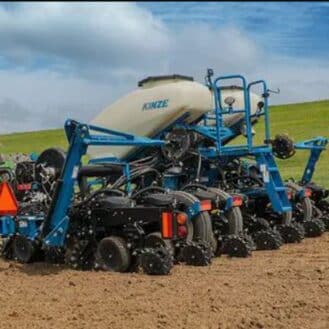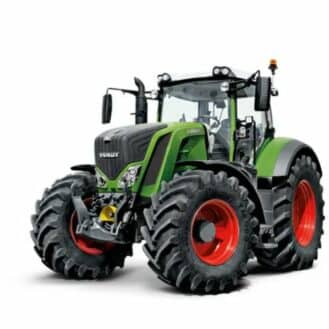You’ll need to choose between three main types of engines used for wood splitters: hydraulic, electric and gasoline. While any of these three types of splitters could be the right one for your project, keep in mind that hydraulic splitters are only used by professionals. If you’ve got less frequent splitting needs and plan on working close to an outlet, an electric wood splitter will suffice. Here are the basic takeaways for each type of engine:
Electric wood splitters require much less maintenance. They are often employed for private use when you only need to work with softwood like pine and spruce. However, this type of machine needs a nearby power outlet in order to function, meaning you can’t take it into the woods or at a distance beyond cord reach. This greatly limits its use.
Gasoline engine wood splitters can generate a lot more force than electric ones, which is why they are mainly used for splitting hardwood. This type of machine is often favored by professionals as it allows them to cut bigger logs. However, it is a noisy machine known to pollute and require a lot of maintenance. It is also heavier than an electric wood splitter.
Hydraulic wood splitters are the most powerful on the market, so only professionals use them. This type of machine connects directly to the PTO of a tractor which will transmit all its power to the splitter. It is an extremely powerful, reliable and robust machine that must be handled with care.

Hydraulic log splitter TITANIUM 14 series – Uniforest d.o.o.

Gasoline engine wood splitter – Delta MSC – ROSSELLI Snc

Electric wood splitter – SPLE6L Series – CECCATO OLINDO srl















